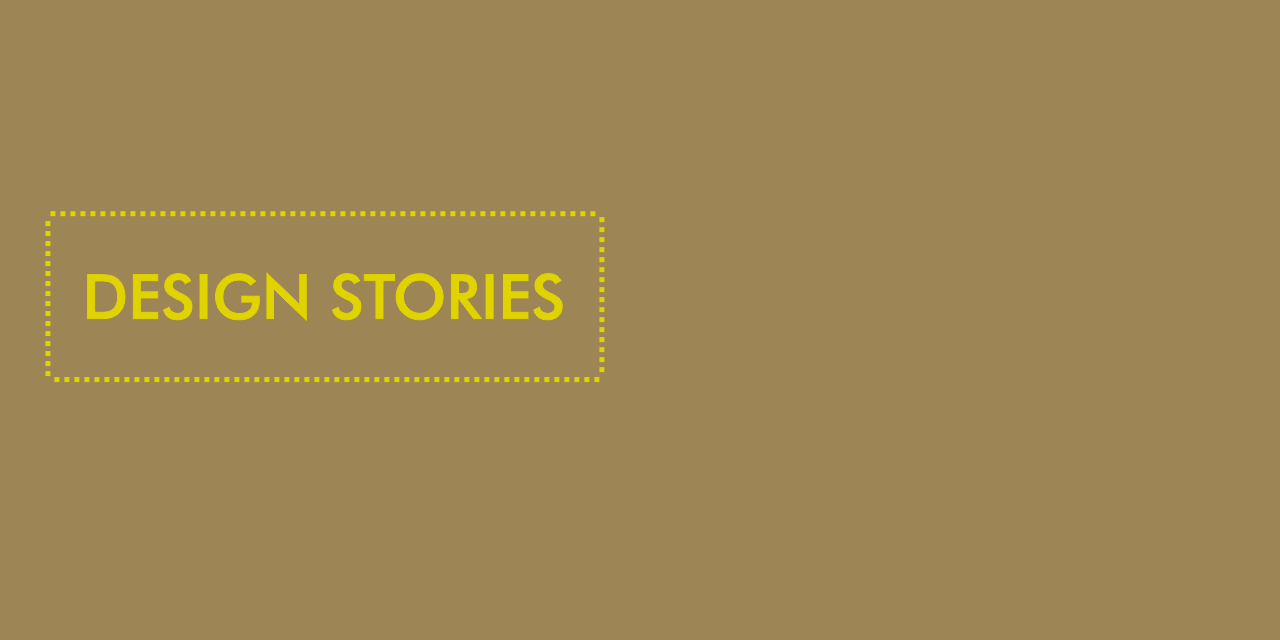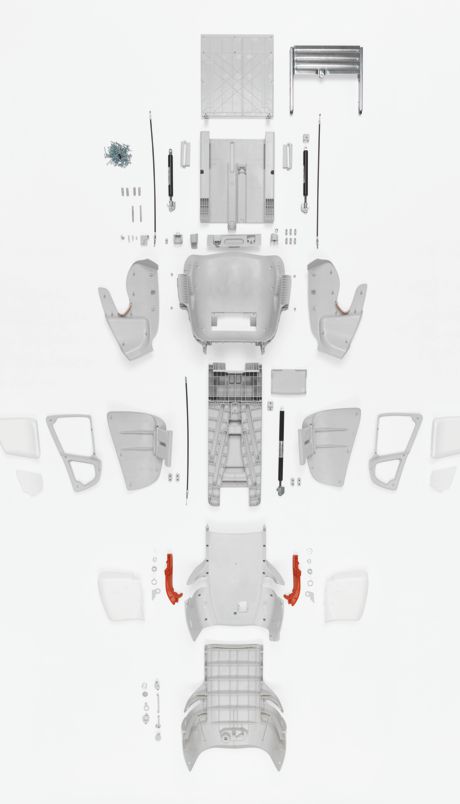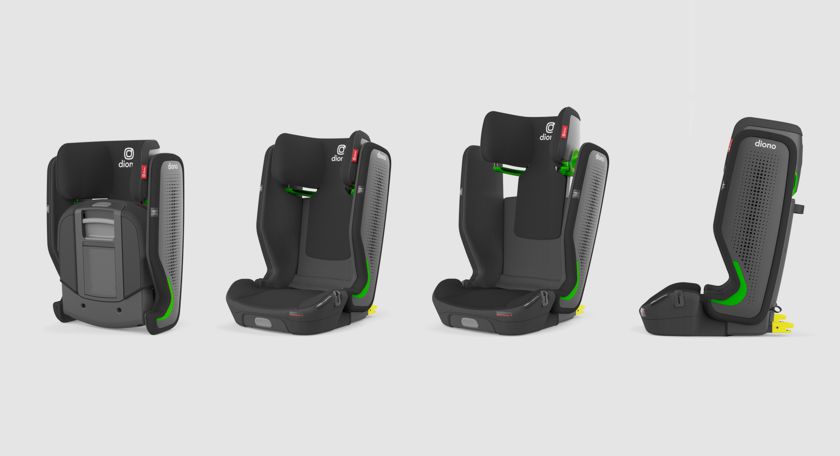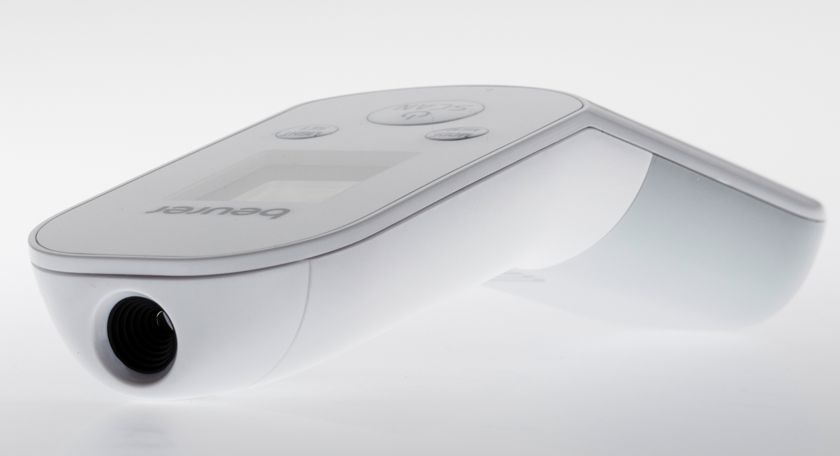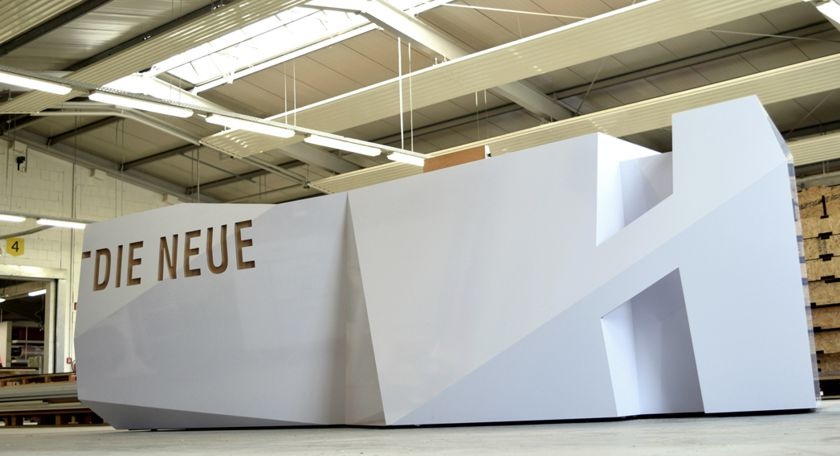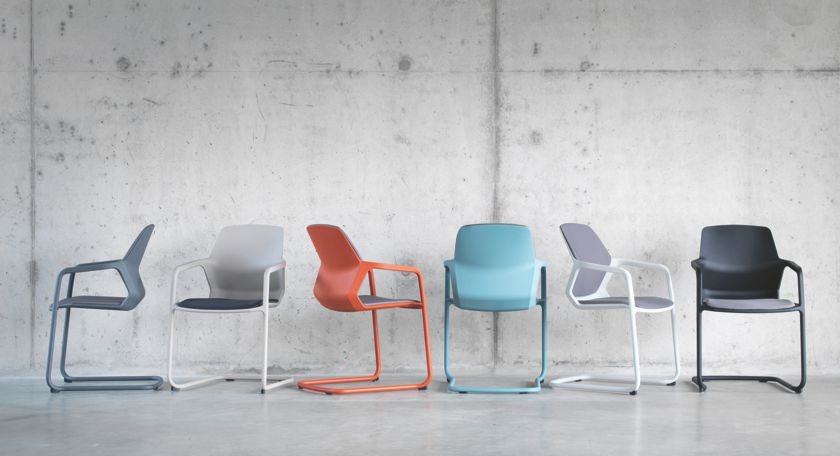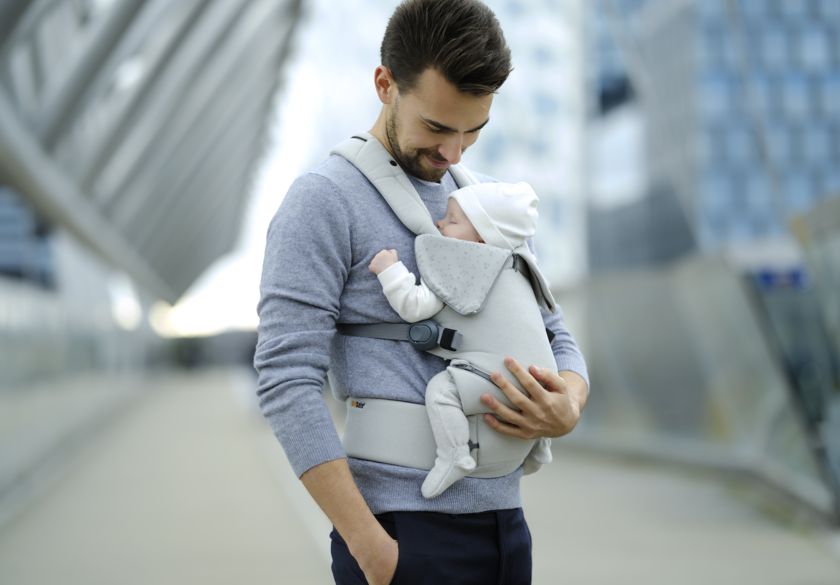whiteID
Based in Schorndorf near Stuttgart, the design firm was founded around 20 years ago – today the company is headed by Andreas Hess and Sebastian Schnabel and employs a staff of 10. Both managing directors studied at the University of Design (HfG) Schwäbisch Gmünd. Although whiteID – ID stands for integrated design – develops a wide range of very different product types, mobility products such as child car seats, baby carriers and pushchairs are a key focus.
www.white-id.com
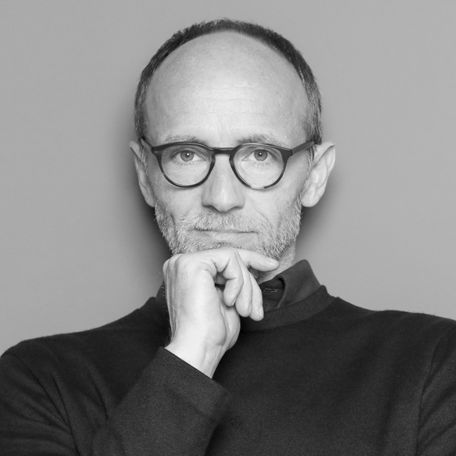
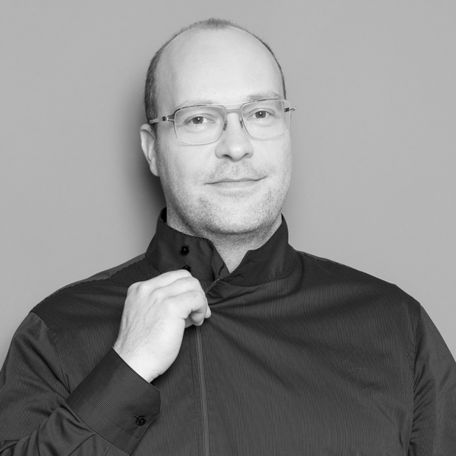
Managing directors Andreas Hess and Sebastian Schnabel
www.white-id.com


Managing directors Andreas Hess and Sebastian Schnabel
